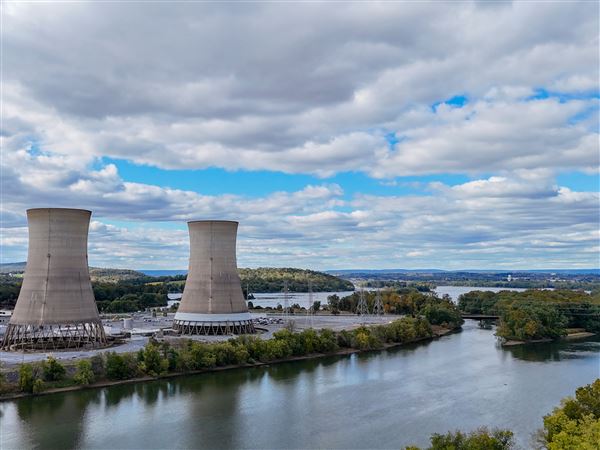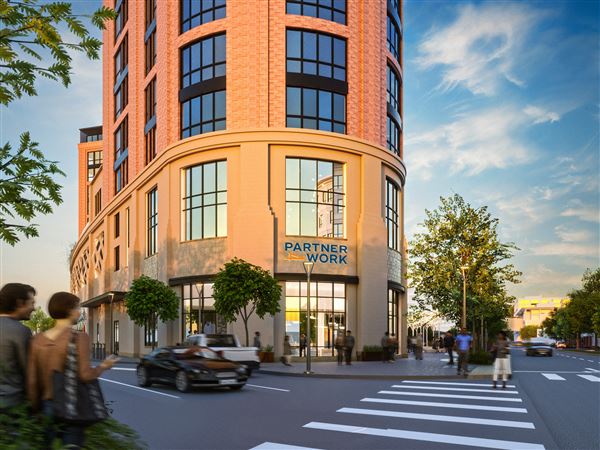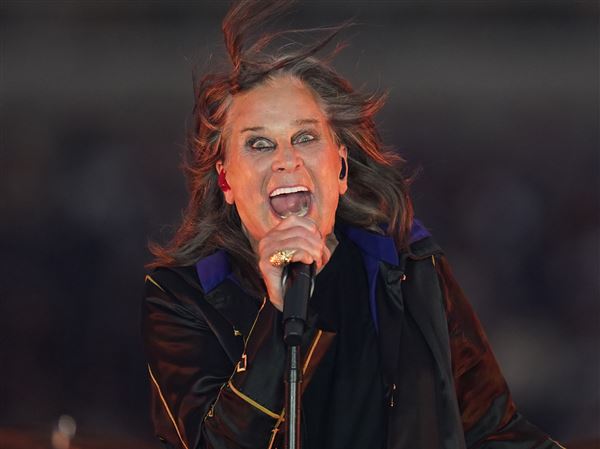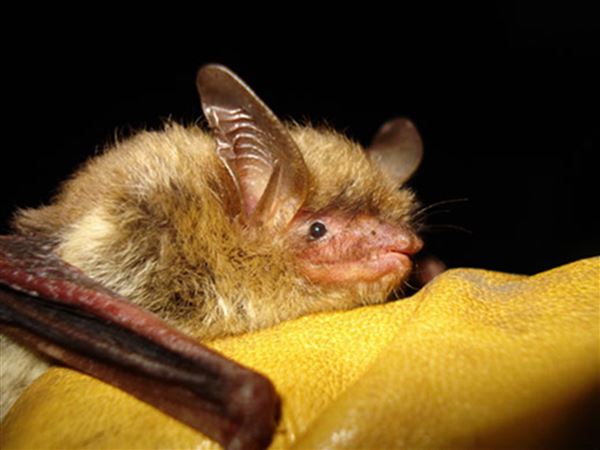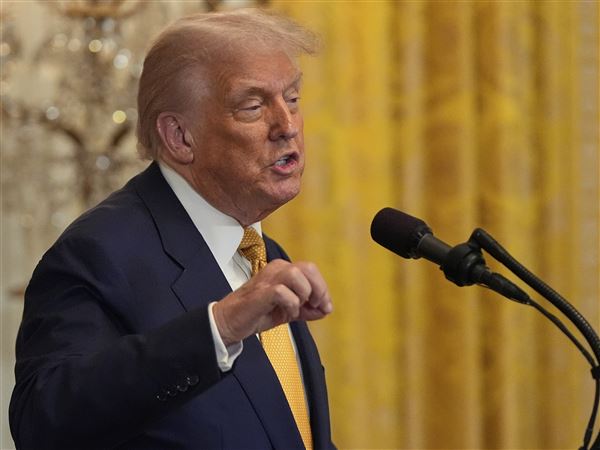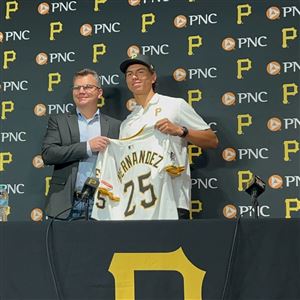Welcome to another episode of TechMan's "Buying computer stuff can be so confusing."
So you want to set up a wireless network in your house to share your Internet connection on a laptop because the darn kids are on the computer all the time and you never get a chance to surf?
You need a wireless router so you schlep down to Bob's Computer Corral to buy one.
But you are confronted with a thicket of numbers and letters -- 802.11b, g, b/g, n, draft-n.
What you're experiencing is one of the cardinal rules of tech -- Progress is Confusing.
So let's try to hack our way through the alphanumeric jungle.
A wireless router's basic job is to send out data using the radio spectrum so that one computer can communicate with another.
But there have to be rules, and the computers talking to each other have to speak the same language.
This is where 802.11 comes in. It is a sort of law, called a standard, developed by a bunch of engineers and released in 1997 that defines how radio spectrum bands will be used by devices and at what speed the data flows.
Of course it couldn't be that easy. Soon the amendments to the law started. Amendments are alterations to the standard, usually to make it better.
Amendments are designated by letters and the first was 802.11a. But it had a problem -- it was before its time and no one used it.
The first amendment to be widely adopted was 802.11b. It moved more data in a defined period of time (called throughput), had a wider range and made manufacturing routers cheaper.
But wait. Progress came up with a faster cheaper way and 802.11g was born in 2003. The "g" amendment was fully compatible with devices that used "b," so routers were labeled b/g to make it clear they worked with both. But if you were running a mixed b/g network, it was slower than a pure g network.
And because both b and g operated on the 2.4 GHz band, they could be interfered with by other devices using that band, such as microwave ovens, baby monitors and cordless telephones.
So along comes 802.11n, which is faster and has twice the range as g (extends about 230 feet inside with walls and 820 feet outside).
N also uses multiple antennas and operates on two different bands, thus minimizing interference.
N will talk to b and g devices, but again, more slowly than a pure n network.
So that's it, you buy an n router, right? Not so fast. You can't really buy an n router because the n amendment hasn't been made final yet and probably won't be until 2009.
But geeks are impatient, thus the draft-n router (also known as pre-n). Because the n amendment is mostly done and probably won't change much, draft-n routers use an early (draft) version. When n comes out, will your draft-n router be compatible? Probably, but there's no guarantee.
So if you want the latest, greatest, fastest, farthest router, draft-n is the ticket.
But if you want to save some money, the older g routers (and even b) might be cheaper and probably fast enough for normal use.
In fact, if you want only to share Internet access and are happy with the range of an older router, draft-n's impressive speed won't matter. Broadband Internet access generally can't keep up.
But if you want to move large files, stream video or need to extend the range of your network, draft-n is probably for you.
But don't pay top dollar for an n router and then run it on a mixed network with g or b devices. You won't be getting the most for your money.
First Published: February 16, 2008, 5:00 a.m.

